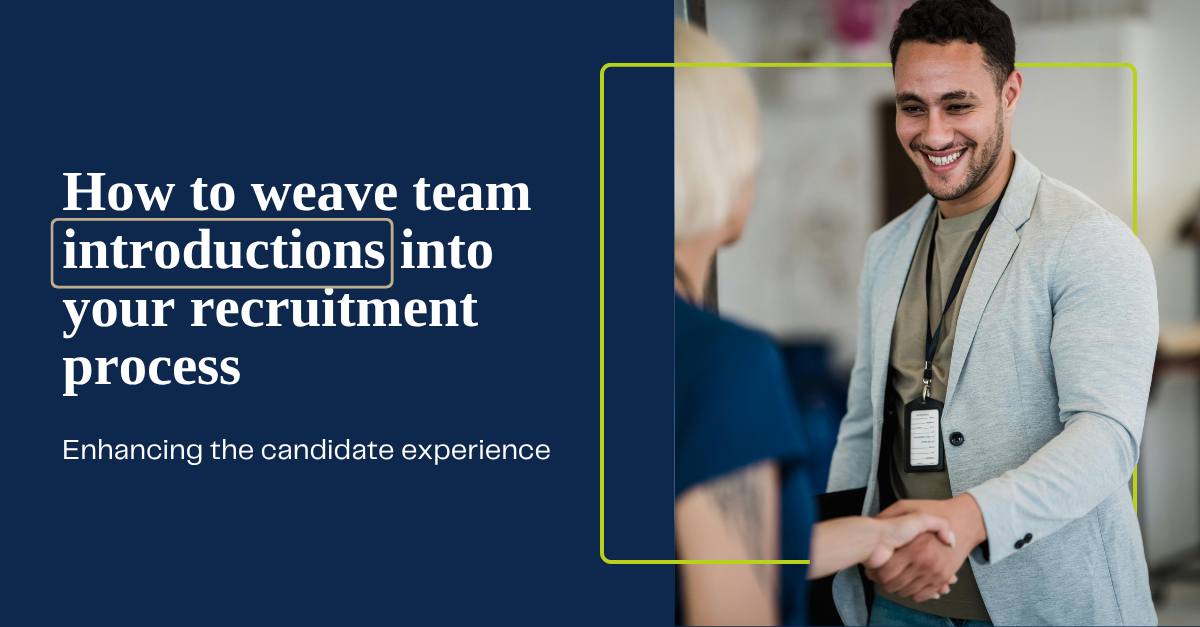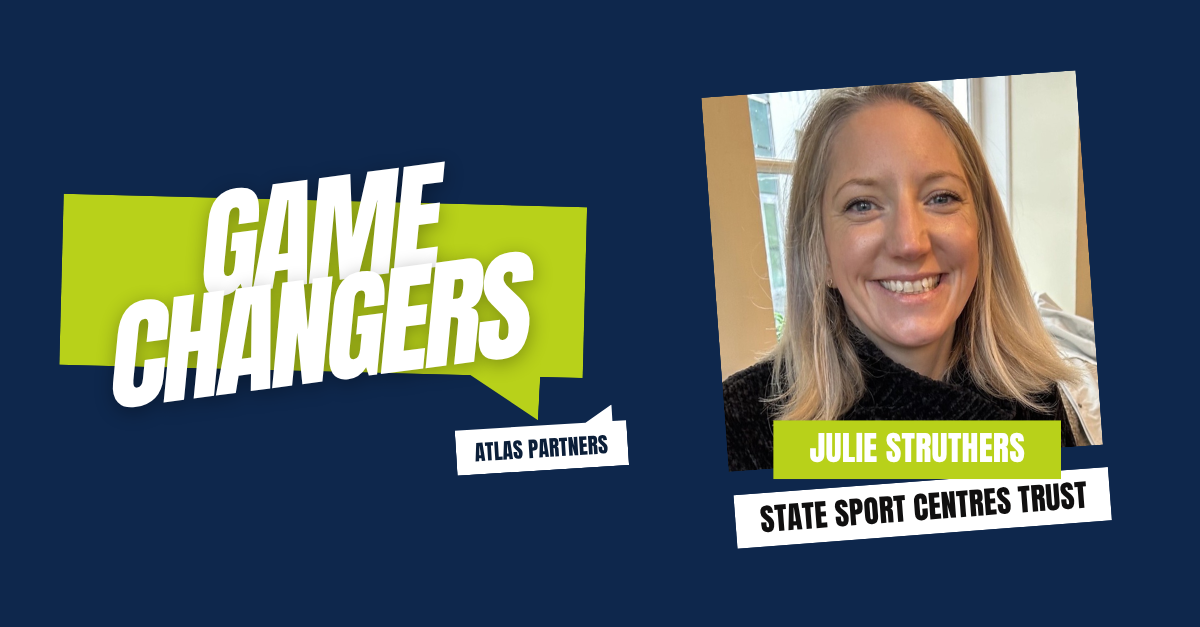In a recent Atlas Partners poll, we asked our audience: “Would you accept a job offer without meeting the team first?”. Almost half of respondents said they 100% must meet the team they’ll be working with before taking the role.
When we think career, we often talk about salary, title, and growth — but we know that job satisfaction (and success) hinges on more than just the role itself. No matter the level, when we are collaborating, leading, inspiring, and ultimately working with a group of people day in and day out, the dynamic of the team can really make or break our experience.
Having a supportive, collaborative group that we gel with — or that we can see the potential to gel with — plays a huge role in job satisfaction, performance, and long-term success.
So, if this is so important to the market — how can hiring managers and talent teams weave introductions into their overall candidate experience in a meaningful, time-efficient way that actually enhances and improves the recruitment process?
Here are some ideas to get started:
When is the right time for introductions?
Timing certainly matters. Introduce candidates to the team too early, and it can blur the line between interest and investment. It can also unnecessarily drain your team’s time. Do it too late, and you risk a last-minute cultural mismatch that derails the offer — or you drag the process out too long.
Shortlisted or final-stage candidates
Once a candidate has made it past initial screening and first interviews — and you’re seriously considering them — that’s the ideal time to introduce them to future team members. They’ve shown strong alignment, and now it’s about mutual fit.
Before extending the offer
This gives candidates a chance to ask questions, experience the vibe, and picture themselves in the team before they’re asked to commit. It can also increase offer acceptance rates — because decisions are being made with clarity and confidence on both sides.
In short: the sweet spot is late-stage, but pre-offer. This allows both the business and the candidate to make an informed, confident decision.
Who should candidates meet?
Each scenario will be different depending on the role. It’s not about introducing them to everyone — it’s about the right people who can offer insight into the day-to-day experience and team culture. That might include:
Direct reports and/or teammates
Start with the people they’ll be working with most closely. This helps candidates get a feel for collaboration styles, communication habits, and personalities. It also allows current team members to weigh in on potential fit (where appropriate).
Their immediate manager or team leader
While they’ve probably already met the hiring manager, a more casual follow-up with their potential direct leader (or team lead) allows for a values-based conversation — not just role-based.
Cross-functional colleagues
If the role requires cross-department collaboration (e.g. marketing and sales, or finance and operations), include a short intro to key people from those teams. It shows how your organisation works as a whole and helps avoid silos.
A peer or ‘culture champion’
When other team members aren’t available — or if you have someone in the organisation who truly embodies your company values — it can be valuable to set up an informal chat. This gives the candidate insight into what it’s really like to work at your company.
What should an introduction involve?
Team introductions don’t need to be elaborate. In fact, they should be short, sharp, and casual — creating a relaxed environment where both sides can be themselves.
Casual coffee chats
Before the final interview, consider setting up a short, informal coffee between the candidate and a few future colleagues. It gives both sides a low-pressure chance to connect.
Team lunch or morning tea
If timing allows, invite the candidate to a team lunch or morning tea — even if it’s just in the lunchroom. These unstructured moments can reveal a lot about team dynamics.
Virtual team meeting
Where in-person catch-ups aren’t possible (depending on the role), having the candidate join a virtual team call can still be a great meet-and-greet. Keep it light — no PowerPoints, just intros and maybe a fun question or two. You can invite them to the first or final 15 minutes of an existing team meeting or WIP.
Office drop-in or walkthrough
A walkthrough is a great casual add-on to the end of a final-round interview. Or, invite the candidate in for a short visit to see the setup, where the team sits, where they might work, and to casually meet people along the way.
These touchpoints don’t need to be time-consuming or overly structured — the goal is simply to give candidates a sense of what it feels like to be part of your team.
Beyond just ticking boxes in your recruitment process, team introductions signal transparency, trust, and respect. They show candidates that you value culture and care about the human side of hiring — and that can make all the difference in today’s competitive market.





